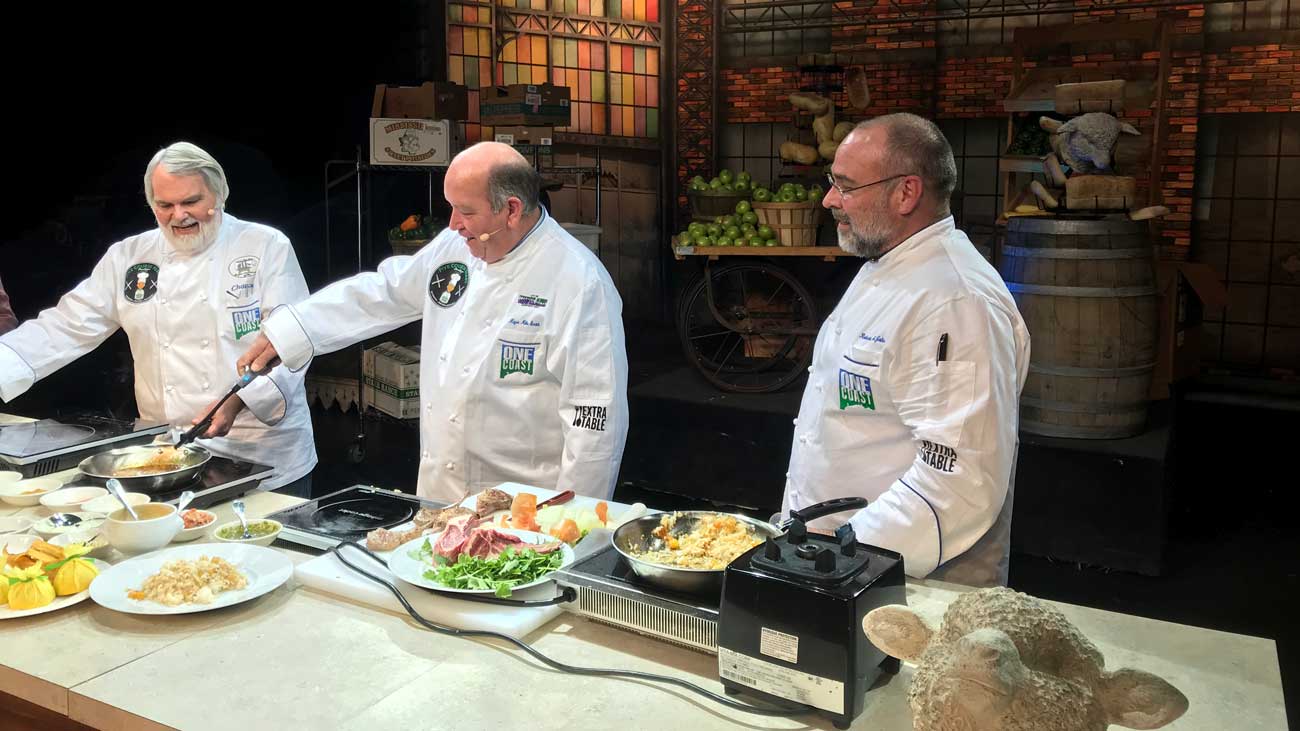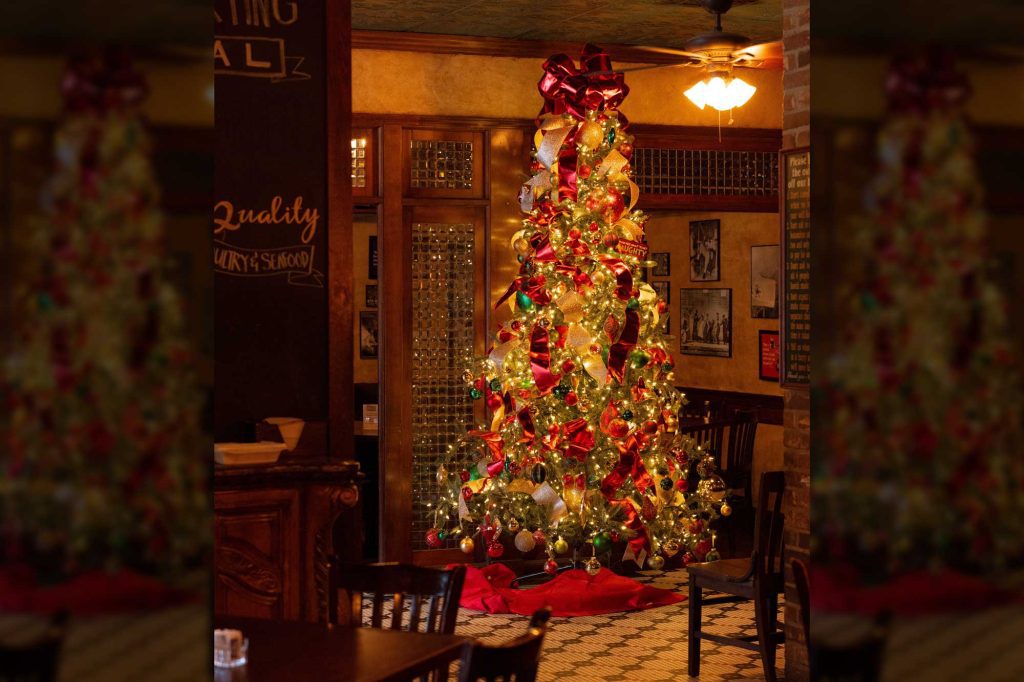I have always had a hunch that food tastes better or worse depending on the vessel in which it is served.
When I was a kid my grandmother hosted a grand lunch every Sunday. Her formal dining room was set with all of her best china, linen, sterling silver, and crystal. The food was not over-the-top fancy but well prepared making use of fresh, local ingredients.
Almost five decades later, those Sunday lunches are ranked highly among my fondest childhood memories. I loved her leg of lamb, she made perfect mashed potatoes, and her biscuits were so good I haven’t been able to replicate them after countless vain attempts. Everything was perfect.
Everyone drank iced tea at those luncheons except my brother and me. We opted for water served in her silver goblets. I have always wondered why water in those goblets tasted so much better than water from a standard, everyday utilitarian glass.
I used to tell my mother, “It just tastes better in a goblet.” She didn’t believe me, but now I have scientific proof. Charles Spence, a professor of experimental psychology at the Crossmodal Research Laboratory at Oxford University, studies the science of taste. His recent findings in the journal “Flavour” prove that eating food from a silver fork, rather than a plastic fork, significantly changes the taste perception of the dish. It’s my water-in-a-silver goblet theory, now confirmed, 40 years later.
Spence has also conducted studies on ambient noise in eating environments. His research shows that eating seafood while listening to the sounds of the sea improves the eater’s perception of a particular dish.
That might be why food often tastes better on vacation.
I know several people who eat at run-of-the-mill chain restaurants while out of town, only to return to the same chain concept in their hometown to claim, “It’s just not as good here as it was there.”
It’s not the food. Chain restaurant food is the basically the same no matter where the chain is located. Those guys hang their hat on consistency among units. It’s all about the environment. When one is out of town and on vacation, he or she is away from the everyday grind of their normal life. Things seem newer, brighter, fresher, food tastes better, it looks better, and even smells better.
The same applies for the actual utensils. In Spence’s “Flavour” article he proves that yogurt eaten on a silver spoon tastes better than the exact same yogurt eaten on a plastic spoon. Our brain does much of the work for us.
In the restaurant business we call that “eating with one’s eyes.” I have always told my chefs that people eat with their eyes first, their noses second, and their mouths third. They all work together to form an opinion on a dish, but the eyes have it, or at least they have first shot at it.
So what are you going to do with that china, silver, and crystal you received when you got married? It’s been packed in boxes in the laundry room for too long. Clear off the dining room table, break out the wedding china, and serve a meal in your dining room.
For years I felt as if I had to dress up to use the good china, silver, crystal, and linen. In my mind I was going to have to create a menu that was over the top and out of the ordinary. Not so. Around this time of year, when all of the fresh vegetables are filling the local markets, I like to cook a simple, mostly-vegetable, “country lunch” of fried corn, pink-eye peas, butter beans, new potatoes, lady peas, cornbread, peaches, and baked shrimp and squash and serve it on our fine china with sterling silver, and my grandmother’s silver goblets.
It’s simple food served reverently.
If you don’t have sterling, crystal, and china, it doesn’t matter, break out the nicest things that you have and serve simple foods on them. Don’t wait for the “perfect menu” or a grand occasion.
Just share a meal. Create memories for you and your family. If you have no family, invite someone else’s family. Maybe one day a grey-haired columnist will look back over half a century of eating at the finest restaurants across the globe and remember the meals that you served in your dining room as the most unforgettable of them all.
Baked Shrimp and Squash
6 cups Squash, cubed
1/4 cup Clarified butter or canola oil
1 Tbl Garlic, minced
1 tsp Salt
1 tsp Pepper, freshly ground
1 Tbl Creole Seasoning
1/2 cup green onion, chopped
3 cups Wild-caught, domestic Shrimp (36–42 count), peeled and de-veined
1/4 cup Clarified butter or canola oil
1 Tbl Old Bay Seasoning
1 Tbl. Garlic
1/2 cup Onion, medium dice
1/4 cup Red Bell pepper, medium dice
1/4 cup Green Bell Pepper, medium dice
4 Tbl Butter, cubed
1/2 cup Parmesan cheese
1 cup Cheddar cheese, grated
1 cup Sour Cream
1/4 cup Green Onion
1 Tbl Hot Sauce
1 cup Ritz Cracker crumbs, crumbled
1/4 cup Parmesan Cheese
2 Tbl Parsley, chopped
Sautee the first seven ingredients until the squash is cooked. Place squash in a colander and press out excess moisture with the back of a spoon. Pour all into a stainless steel mixing bowl.
Sautee the next seven ingredients until the shrimp are pink and cooked through. Drain in a colander and transfer shrimp to the mixing bowl with the squash.
Immediately add butter, parmesan cheese, cheddar cheese, sour cream, green onion and hot sauce to the bowl with the hot shrimp/squash mixture. Stir well until butter and cheeses are melted.
Pour the mixture into a 9 x 13 casserole dish. Mix together the Ritz crumbs, parmesan and parsley. Top casserole with the cracker crumb mixture and bake at 350 degrees until bubbly.
Yield: 6-8 Servings



